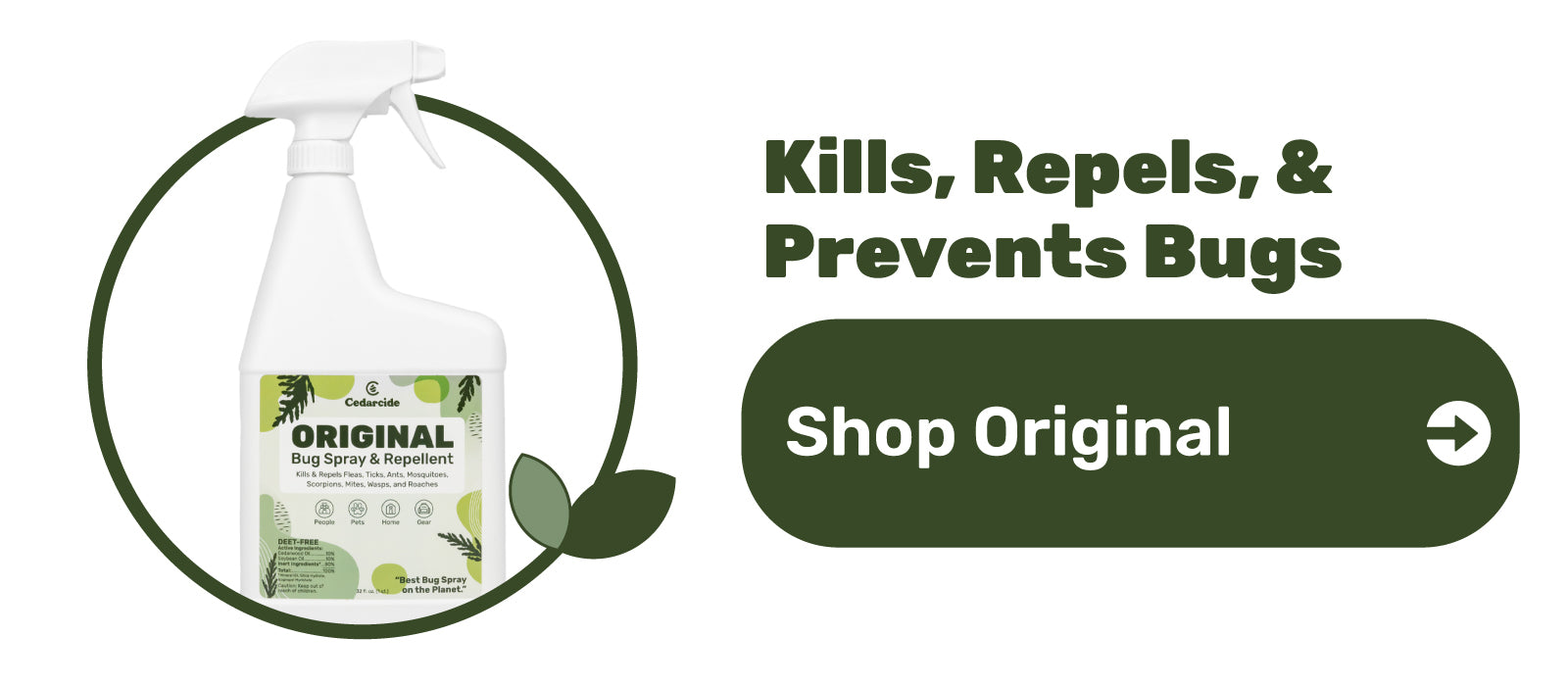
Most types of common ants are little more than annoying, but invasive fire ants can be a much more significant problem. They can destroy your yard, damage electronics like AC units and lawnmowers, and they present a surprisingly serious safety hazard, especially to our families and pets.
For context, the FDA estimates that these fire ants, also known as red imported fire ants, cost the US several billions each year, including property damage and medical expenses. They’ve become such a problem the USDA actively designates quarantine regions throughout the US to help limit their spread. Sadly, roughly 5% of fire ant attacks cause a severe allergic reaction that can lead to death in people of all ages, not just children and the elderly.
This species, originally from South America, is equally tough on the environment, where their tendency to eat and attack almost any living thing can permanently cripple local ecosystems.
If you think you have fire ants, don’t panic, we’re here to help. With the following info, you can get them under control and fast—and you won’t have to pay an exterminator or use dangerous pesticides to get the job done. Here’s how to get rid of fire ants in just 3 family-safe, pet-friendly steps.
1. SPRAY YOUR LAWN
Because fire ants aggressively defend their colonies against any disturbance, having them in your lawn can be a threat to the wellbeing of your family and pets. Accidentally stepping onto one of their mounds even for just a moment, can lead to an emergency doctor or vet visit. Fire ant stings produce painful red spots tipped with a white pustule. The pain is often likened to a burn, hence the name fire ant.
Because fire ants are drawn to the hum of electronics, they can cost you thousands in damage in no time. Wiring, AC condensers, lawn equipment—they’re known to enter and short circuit almost anything electrical.
In other words, if you’re seeing their mounds or piles in your lawn—which indicates they’ve already been active in your yard for months—you need to act fast before things get out of control.
To start getting rid of your fire ants, treat your front, side and backyards, gardens, and all shrubbery with family-safe Outdoor Bug Control (aka PCO Choice). Apply in the early morning or evening when fire ants are out and about searching for food. Repeat this process again in two weeks and then just once a month after that. For best results, apply monthly until your region experiences several consecutive weeks of freezing temperatures, and then start up again as soon as warm weather returns.
Then spread Insect-Repelling Cedar Granulesthroughout your entire outdoor space, especially along your home’s foundation, known fire ant trouble spots, and those areas where you and your family and pets spend the most time.
Because Outdoor Bug Control and Cedar Granules are both non-toxic and plant-based, you can enjoy your lawn immediately after applying, no downtime is necessary.
To get rid of a fire ant mound or pile, saturate it with Outdoor Bug Control using the included Hose End Sprayer or sprayer of your choosing. Then carefully stir the spray in with a stick, which will help it soak more deeply into the colony. Because fire ant mounds can exceed 10 feet deep, make sure to give it a real good soak. Repeat this process every few weeks until the colony disappears for good.
2. TREAT YOUR HOME
If you see fire ants—or any type of ant—inside your home, there’s no need to resort to poisonous pesticides. A quick spray of Cedarcide Original will kill them in just a few seconds. And unlike old school bug sprays, it won’t endanger your family and pets, or fill your home with noxious, long-lasting chemicals.
To prevent fire ants from venturing inside your house again, thoroughly mist entry points and trouble areas like doors, windows, baseboards, and countertops weekly for about 4 weeks (or more as needed) until they stop coming back. It’s that simple.
3. PREVENTION
Even if you treat for fire ants consistently, without basic home and lawn maintenance you’ll always be playing catch up. The following tips are essential for fire ant prevention.
- Limiting clutter and dense vegetation can substantially decrease outdoor fire ant populations, so make sure to keep your lawn well maintained and organized, and keep organic clutter like mulch, leaf and wood piles to a minimum.
- Moisture is a big fire ant attractant. Ensure your lawn doesn’t supply water to fire ants by removing or repairing leaky hoses, pipes, and anything else that could collect or produce standing water.
- Fire ants are attracted to the natural sugars found in plants, so if you garden, make sure to promptly remove fruits and veggies as soon as they’re ripe.
- Ants travel indoors in search of food, water, or shelter, so avoid leaving food or dishes in the sink, clean up food and drink spills immediately, and store all leftovers in tightly sealed containers.
- Looking both outside and inside your home, check for potential ant entry points like cracks and crevices. Seal any you find with caulk or another sealant.



